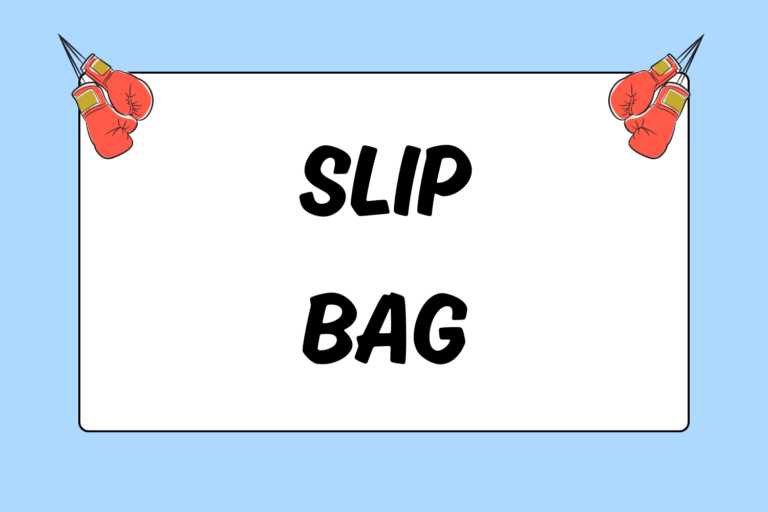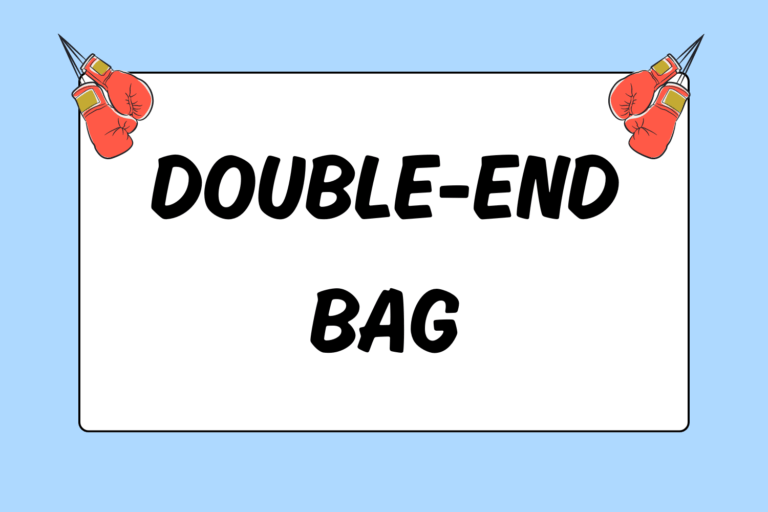Boxers are always looking for that one tool that improves their conditioning and technique simultaneously. Some boxers turn to the heavy bag and focus mitts, which can potentially improve both of those areas. The punch shield is another option, though, and it’s often overlooked.
The shield requires a partner or trainer. Once you have a shield and partner, you’re all set. This guide explains how the punch shield can add power to your punches, while also turning you into a well-conditioned boxer.
The Shield Explained
While most punch shields are either circular or rectangular, you can find them in many different shapes and sizes. Handles on the back or sides of the shield allow for an easy grip. Most shields are leather, and they’re filled with tightly-packed padding so the holder can withstand a barrage of powerful punches. Prices for shields vary from around $30 to $150, and the cost tends to correspond with shield size and durability.
A Few Basic Drills
You can use the shield for a number of punch routines. In the following sections, you’ll find some basic drills to incorporate into your workout.
Hot Tip: Keep it Tight
The holder should keep the shield tight to his body at all times. A tight target provides resistance for the puncher. In addition, the holder learns to exhale while absorbing punches to the body. You’ll need to turn the shield at various angles in order to provide an appropriate target for different punches, but keep it tight as you turn it. Doing so decreases the likelihood of an injury for both the boxer and trainer.
Single Power Punches
The shield is one of the best tools for increasing power. For the following drill, choose a power punch such as a hook or uppercut. Once your partner positions the shield at an appropriate angle, hit the bag a specified number of times. For example, throw your lead hook 25 times.
Throw each punch one at a time, recoiling after each shot to emphasize power. See if you can knock your partner backward. Once you’ve worked your way through all of the punches, have you partner lower the bag so that you can practice power shots to the body.
Combo Punching

Moving Target
A skilled opponent never stays in one place. You need to know how to adjust to his movements as he shifts from side to side and in and out, while also circling effectively.
The holder can mimic different fighting style movements and force you to react accordingly. In the first round, the holder could move forward, making you throw disciplined straight punches while constantly pivoting. In the next round, he could move backward, forcing you to move forward effectively to score points. Be creative, and make the drill parallel an actual bout as much as possible.
Three or Four Fighters
Sometimes three or four boxers show up to the gym, but your trainer only has one shield. Don’t worry; you can alter your routine for a larger group. To begin, you and the other boxers form a circle around the trainer, standing about an arm’s length away from him. The trainer turns quickly from one side to another, forcing each boxer to react with a flurry of punches.
You and your training partners can also stand farther away from the trainer. When the trainer turns towards you, move forward aggressively, throw a flurry of punches, and retreat once your trainer turns to face another boxer.
Hot Tip: Glove Up
It may seem obvious, but be sure to secure your handwraps and put on your gloves prior to engaging in a punch shield routine. The chances of injury go down significantly!
Don’t Forget Defense
Be aware defensively, even if the holder doesn’t throw any punches of his own. Imagine an opponent countering your attack, and react accordingly. Slip, parry, and bob and weave to set up your combinations. Keep your hands up each time you retreat — novice boxers often get caught off-guard after completing a successful combination. And as always, keep your chin tucked to your front shoulder to protect yourself from power shots.





